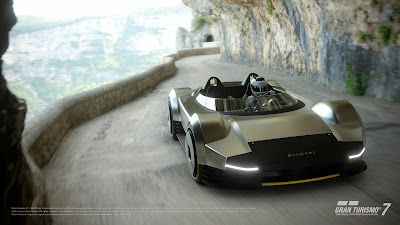
The Legends - Embark on a nostalgic journey through automotive history as we explore the timeless allure of the Lotus Esprit, a classic sports car that has left an indelible mark on the roads and in the hearts of enthusiasts. Lotus Esprit Series-1 or S1 produced during 1976 to 1978. (Picture from: OtoBlitz)This masterpiece, crafted by the esteemed British...






